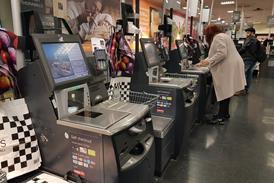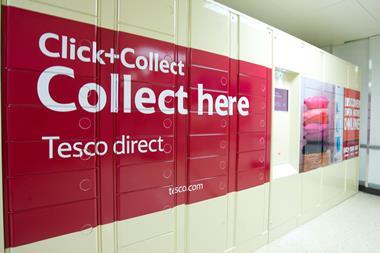Sales of luxury goods online may have challenged critics but it is time brands wrestled back control from third parties and delivered the experience customers expect.
In 2018 you might find it strange to hear that some brands don’t have ecommerce capabilities – making it impossible for their customers to buy goods online or via social channels – or that they still need convincing online is the way to go.
But it’s not uncommon in the luxury market.
For more than a decade, luxury brands have been reluctant to embrace online as a sales channel due to concerns the internet’s global reach would fundamentally damage perceptions of exclusivity.
It was considered that consumers would never make expensive purchases in anything but physical stores and, as a result, online was written off from the start.
The rise of luxury multi-brand etailers – such as Yoox Net-a-Porter and Farfetch – has proven that online is a viable route to market.
“For more than a decade, luxury brands have been reluctant to embrace online as a sales channel due to concerns the internet’s global reach would fundamentally damage perceptions of exclusivity”
With these etailers providing technology and distribution infrastructure, luxury brands have used their platforms as a vehicle to dip their toe into online without fully committing.
They have experimented with creative collaborations, capsule launches and online-only stock to appeal to digital-savvy, fashion-hungry consumers.
Today the global luxury goods market is estimated to be worth $1.5trn and around 10% of all luxury sales take place online.
Customer relationships
However, it is only now that luxury brands are realising the true cost of their reliance on these players.
Many are finding that they no longer have the same quality of relationships with customers as they’d like and it is costing them dearly.
Lack of direct access to customers means they are unable to deliver the omnichannel, highly personalised, relevant and engaging experiences consumers expect.
They have to pay third parties what can be significant fees to extract basic analytics and all customers are treated the same, regardless of which brand they are buying.
“Luxury players now want to take control of their digital destiny by going it alone”
Luxury players now want to take control of their digital destiny by going it alone.
In recent months we’ve seen brands such as Céline embrace digital sales by launching its own ecommerce site.
LVMH has also launched 24 Sèvres – a site where it sells its own labels, as well as non-LVMH brands.
With classic routes to market stagnating and growth imperative, luxury brands can no longer afford to hesitate when it comes to online.
A key challenge they will face is balancing growth with maintaining control of their brand and customer relationships. To do so they need to rethink their operating model by:
- Evaluating which brands and markets offer the best opportunity online: By identifying the brands in their portfolio that present the biggest opportunity for online trading and prioritising them.
- Setting-up owned operations and developing in-house talent: Building an ecommerce operation from scratch is not easy. All operations, technologies and ecommerce applications will need to be developed. It requires experienced in-house teams – familiar with merchandising, web analytics and digital marketing – to run and manage the new operations and technologies.
- Connecting the online and in-store experience: Giving customers a seamless experience is crucial. Using digital to enhance cross-channel and in-store brand experience through enhanced clienteling or extended click-and-collect services is key.
By taking control of their digital destiny, luxury players will have a strong opportunity to drive growth and cement relationships with customers.













![Ollie Pryor[46]](https://d53bpfpeyyyn7.cloudfront.net/Pictures/274x183/1/7/1/3119171_olliepryor46_336332_crop.jpg)



















